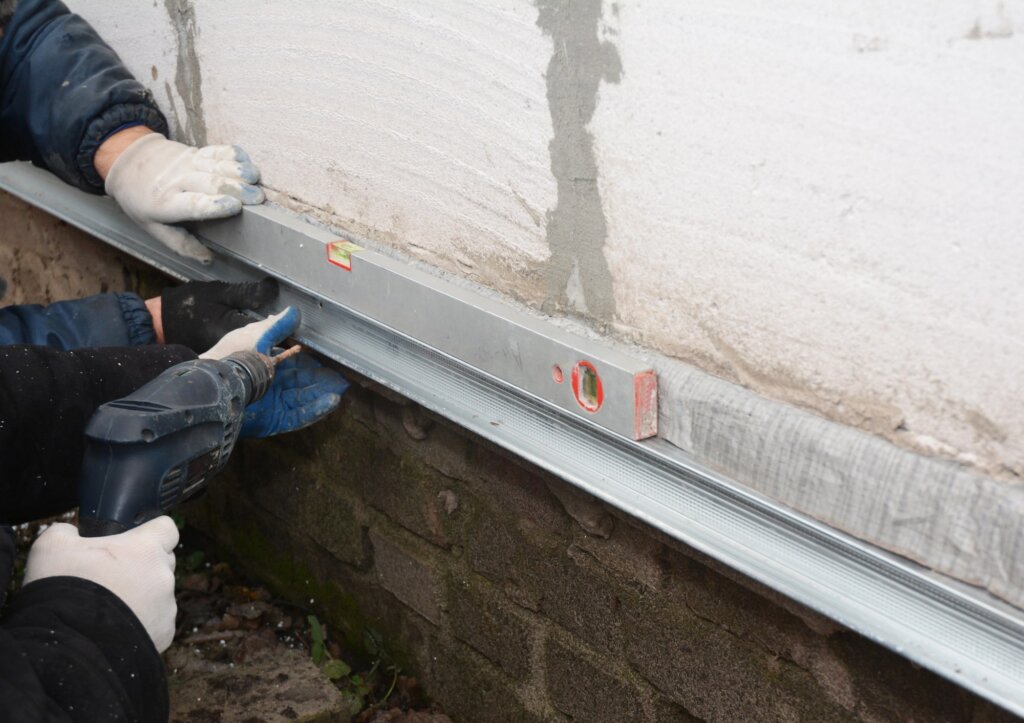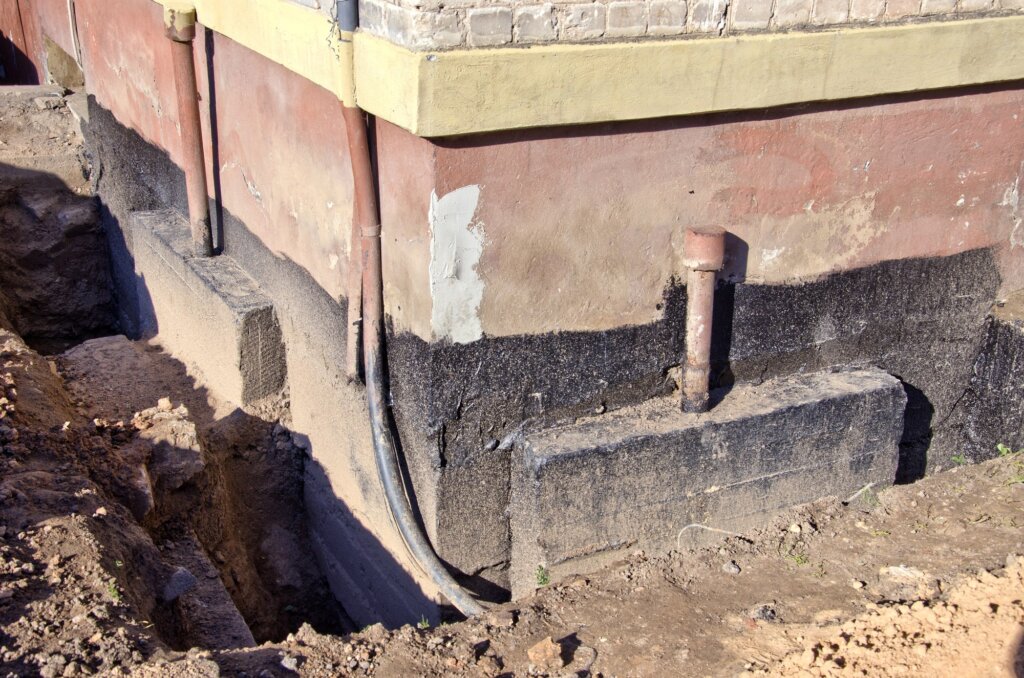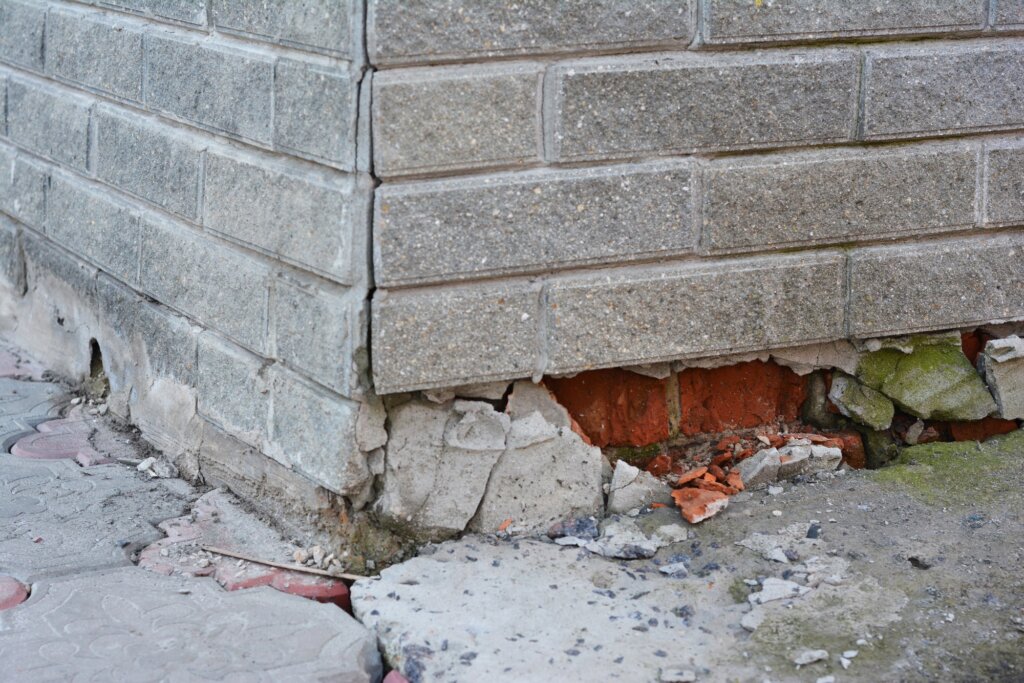Foundation problems can lead to serious issues for your home, affecting safety and stability. Knowing the right foundation repair methods can help you address these issues effectively and protect your investment. Whether you notice cracks in your walls or uneven floors, understanding the options available can make a significant difference.
Several methods exist to repair foundations, each with its own benefits and costs. From steel piers to foam jacking, these techniques can stabilize and support your home’s foundation. By exploring various options, you can make an informed decision that suits your specific situation and budget.
As you read on, you will discover the common signs of foundation issues and the most effective repair methods. Gaining this knowledge can empower you to take the necessary steps to ensure your home remains safe and sound for years to come.
What Are the Common Signs Your Foundation Needs Repair?
Recognizing the signs of foundation damage is crucial for maintaining the safety and value of your home. Being alert to these indicators can help you address problems early and avoid costly repairs.
Identifying Signs of Foundation Damage
Several signs may suggest that your foundation is experiencing issues. Look for cracks in the walls, especially those that are horizontal or zigzag. You should also check for gaps around doors and windows—if they stick or do not close properly, it may indicate a sinking foundation.
Floors may feel uneven or bouncy, which is another warning sign. Pay attention to any water pooling around your home, as this can affect the foundation. Inspect the exterior as well; cracks in the brick or siding can be a sign of shifting.
Common Symptoms of Foundation Problems
Among the most visible symptoms are foundation cracks. These can appear in various shapes, sizes, and locations. You might notice vertical cracks in walls, floor cracks, or even minor gaps between bricks. Cracks wider than a quarter-inch should be taken seriously.
Another symptom is bowing walls, which can occur when soil pressure pushes against the foundation. Uneven floors and sticking doors are also common issues. If you find any of these problems, it strongly indicates potential damage that needs immediate attention.
When to Call a Foundation Repair Expert
If you observe any of the signs mentioned, it is wise to consult a foundation repair expert. Early intervention can often save you money and stress. If you see large or increasing cracks or notice a marked change in your home’s structure, don’t hesitate.
Experts can perform a thorough assessment and recommend the best repair methods. Keeping a close eye on your home’s foundation helps maintain its integrity and value, so trust the professionals when issues arise.
What Are the Best Foundation Repair Methods Available?
When facing foundation issues, it’s important to know your repair options. Different methods work best for various problems. Here, you’ll find detailed descriptions of effective foundation repair methods, comparisons of common techniques, and tips for choosing the right solution for your home.
Overview of Effective Foundation Repair Methods
Several foundation repair methods can address issues like cracks, sinking, or shifting foundations. Here are some of the most effective:
- Slab Jacking: This method lifts a sinking concrete slab using a mixture pumped beneath it. It’s less invasive than replacing the slab and restores level foundations.
- Piering: This technique involves installing piers to support the foundation. It’s ideal for deep-set foundations and provides stability.
- Shepherd’s Crook: This method involves adding additional support beneath the foundation to prevent settling. It works well in areas with poor soil.
- Crawl Space Repair: Encapsulating crawl spaces can prevent moisture issues and improve structural support.
By assessing the specific needs of your foundation, you can choose an effective method.
Comparison of Common Foundation Repair Methods
Different methods have their pros and cons. Here’s a comparison of some common foundation repair techniques:
| Method | Pros | Cons |
|---|---|---|
| Slab Jacking | Cost-effective, less destructive | Works best on small areas |
| Piering | Long-lasting support | Higher initial cost |
| Shimming | Quick and minimally invasive | Best for lightweight structures |
| Crawl Space Repair | Protects against moisture | May require ongoing maintenance |
Understanding these methods can help determine what might work best for your problem. Be sure to consider both the effectiveness and the cost when making your decision.
Choosing the Best Foundation Repair Method for Your Home
Selecting the right foundation repair method depends on various factors, including the severity of the problem, your budget, and the type of foundation.
- Evaluate the Damage: Look for visible signs of damage, such as cracks or uneven floors. This can help you pinpoint the issue.
- Consult a Professional: Seeking expert opinions can provide insight into potential repair methods and costs.
- Consider Long-term Solutions: Think about methods that offer lasting support. Some repairs may save money in the short term but might not solve the problem permanently.
By taking these steps, you can make an informed decision about the best foundation repair method for your home.
How Does the Foundation Repair Process Work?
The foundation repair process involves several key steps that ensure your home’s structural integrity. Knowing these steps can prepare you for what lies ahead and help you understand the role of professionals in this vital task.
Understanding the Foundation Repair Process Steps
The first step in foundation repair is assessment. A professional examine your foundation for signs of damage, such as cracks, uneven floors, or water issues. This helps identify the specific problems needing attention.
Next, preparation begins. The area around your foundation is cleared of debris, making it easier to work. Different repair techniques may be applied, like slab jacking or underpinning, depending on the damage. These methods aim to stabilize and level your foundation.
After the repairs are made, the area is cleaned up. It’s important to check that no further issues arise. Regular maintenance of your foundation can prolong its life and prevent future damage.
The Role of a Foundation Repair Contractor
A foundation repair contractor plays a critical role in this process. They bring expertise and experience to assess issues accurately. Their knowledge helps determine the best repair methods for your situation.
The contractor will provide a detailed plan that outlines the necessary repairs, estimated costs, and timelines. Clear communication will ensure that you understand each step of the process.
Once the work begins, the contractor oversees everything. They ensure that all repairs are done correctly and safely. This oversight helps provide you with peace of mind that your home is in good hands.
What to Expect During the Installation Process
During the installation, you can expect noise and some disruption. Heavy machinery may be used, especially if extensive repairs are needed. It’s essential to prepare for temporary inconveniences.
Your contractor will keep you informed about progress. They should explain the work being done at each stage. This communication builds trust and ensures you are aware of any changes.
Once work concludes, expect a final inspection. This inspection ensures that all repairs meet safety standards. You can then feel confident that your foundation is stable and secure again.
What Are the Types of Foundation Repair Methods?
When dealing with foundation issues, choosing the right repair method is essential. Different methods cater to various foundation types and damage levels. This section highlights three common types used in foundation repair.
Slab Jacking vs. Piering: Which Is Right for You?
Slab jacking is a method used to raise sunken concrete slabs by injecting a mixture underneath the slab. This technique helps fill voids and stabilizes the concrete. It’s often less disruptive and more affordable compared to other repair methods.
Piering, on the other hand, involves installing piers beneath the foundation to provide support. This option is suitable for more severe issues, such as extensive settling. It lifts the foundation back to its original position, ensuring long-term stability.
Choosing between slab jacking and piering depends on the extent of your foundation issues and your budget. If you have a minor issue, slab jacking may be a quick fix. For significant problems, piering could be the better choice.
Using Concrete Piers for Foundation Repairs
Concrete piers are a popular method for supporting foundations. They are created by pouring concrete into drilled holes deep into the ground. This provides a stable base that reaches below the frost line, where soil movement is less likely.
This method is effective for homes with significant settling or structural concerns. Concrete piers can withstand heavy loads and are resistant to moisture, reducing the risk of future foundation problems.
Although this method may be more invasive than others, it is highly effective for long-term support. Proper installation is crucial, so hiring experienced professionals is important for the best results.
Steel Piers: A Permanent Foundation Repair Solution
Steel piers offer a strong, permanent solution for foundation repair. Made from high-quality steel, these piers are driven deep into the ground, reaching bedrock or stable soil layers.
Steel piers are known for their durability and strength. They can handle severe foundation issues and provide reliable support. This method is less disruptive than traditional excavation methods, which can save time and money.
Installing steel piers can be more expensive than other methods, but they offer lasting stability. They are ideal for homes in areas with unstable soil, providing peace of mind when it comes to foundation safety.
How to Choose a Foundation Repair Company?
Selecting the right foundation repair company is vital for the safety and stability of your home. You need to consider several factors, ask important questions, and research reviews before deciding.
Factors to Consider When Hiring a Foundation Repair Contractor
When hiring a foundation repair contractor, you should first check their experience. Look for a company that has been in business for at least five years. This shows they have a solid track record in the industry.
Next, verify their licenses and insurance. A professional foundation repair company should have the necessary licenses to operate in your area. This protects you if anything goes wrong during the repair.
Finally, consider their methods and technologies. Ask what types of repairs they specialize in and if they use modern techniques. Companies that stay updated on the latest methods will provide better solutions for your home.
Questions to Ask Foundation Repair Companies
Before hiring, ask potential contractors specific questions. Start with inquiries about their experience with issues similar to yours. This will give you confidence in their ability to handle your situation.
Also, ask for references. Speaking to past clients will help you gauge their satisfaction with the work done. Inquire about warranties on their repairs as well. A good warranty shows the company stands behind its work.
Finally, discuss the timeline for the project. Knowing how long the repairs will take helps you plan accordingly. Make sure you get everything in writing before you agree.
Researching Reviews and Recommendations for Repair Experts
Take time to research online reviews for the foundation repair companies you’re considering. Websites like Angie’s List or Yelp can provide valuable feedback from previous clients. Look for consistent positive ratings and note any recurring issues in negative reviews.
You might also seek recommendations from friends or neighbors. Personal experiences are often more reliable than online testimonials. Ask about their satisfaction with the work and if they would hire the company again.
By collecting information from various sources, you will be better prepared to choose a professional foundation repair company that fits your needs.
What Causes Foundation Damage, and How Can It Be Prevented?
Understanding the factors that cause foundation damage is important for maintaining your home’s stability. Identifying these causes and applying preventive measures can help you protect your foundation and avoid costly repairs.
Identifying Common Causes of Foundation Issues
Several factors can lead to foundation problems. One major cause is soil movement. When soil expands or contracts due to moisture changes, it exerts pressure on the foundation. Poor drainage is another significant issue. Water pooling around the foundation can cause erosion, leading to cracks.
Additionally, tree roots can disrupt the soil, causing shifts that damage the foundation. Seasonal weather changes, such as heavy rains or droughts, can also impact soil conditions. Regularly checking these factors can help you spot problems before they worsen.
Preventive Measures to Protect Your Foundation
To safeguard your foundation from damage, consider these strategies:
- Proper drainage: Ensure gutters and downspouts direct water away from your foundation.
- Soil grading: Ensure the land around your home slopes away from the foundation.
- Install French drains: These can help manage excess water and prevent pooling.
- Limit tree planting: Avoid planting large trees close to the foundation to reduce root interference.
Maintaining consistent moisture levels in the soil around your home is also key. This can help minimize soil expansion and contraction.
Regular Foundation Inspections: Why They Matter
Conducting regular foundation inspections is essential. You should visually check for cracks, gaps, or any other signs of damage. Look for changes in door and window alignment, as this may indicate shifts in the foundation.
Consider hiring a professional for thorough evaluations. Experts can identify potential issues that may go unnoticed. Detecting problems early can save money and prevent more extensive damage in the future. Make it a routine to check your foundation at least once a year.



